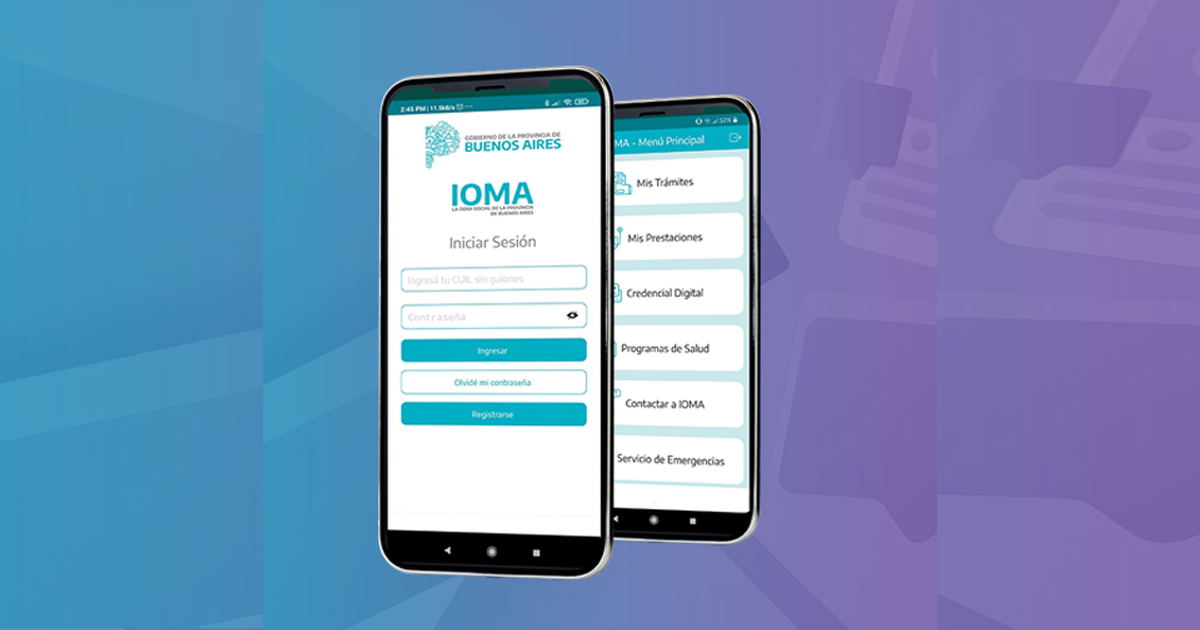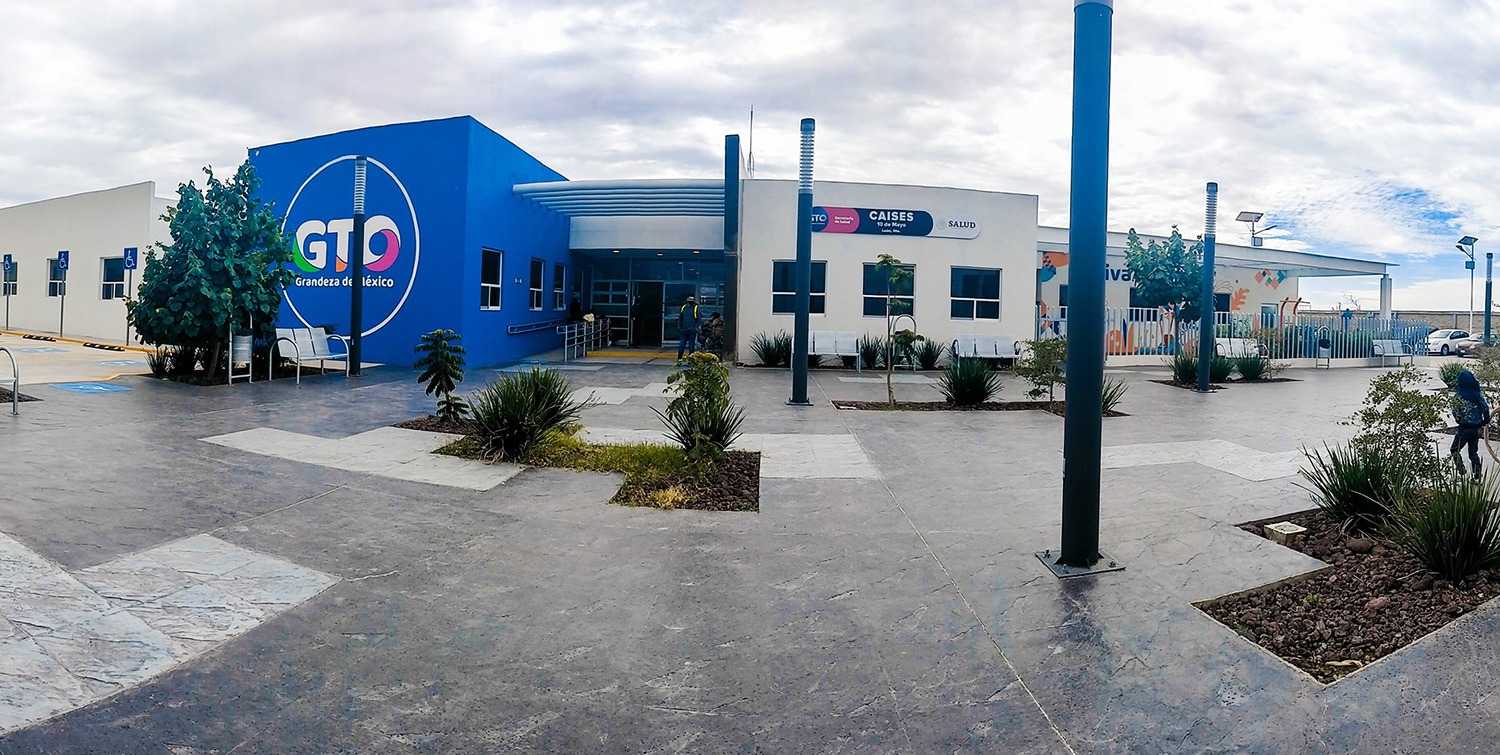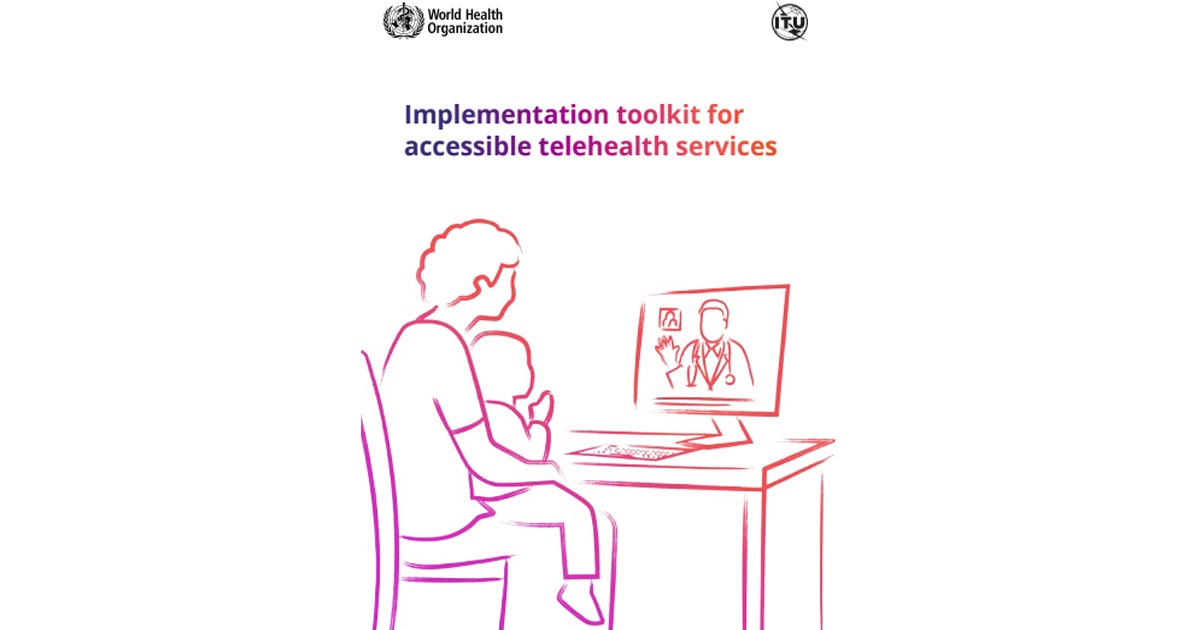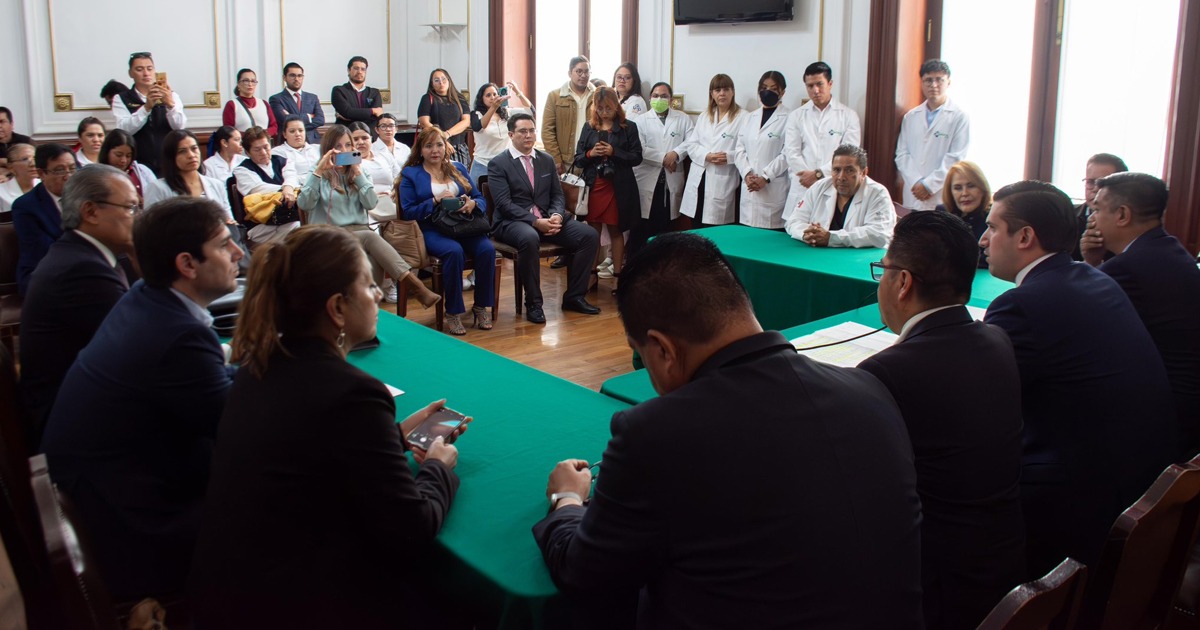As communication systems move quickly through the network, the technology advances for telemedicine had made it possible to supply compact and effective solutions that adapt to the needs of each region.
Patient treatment is evolving as fast as technological development is expanding around the world. This change is improving the health services of the population, including therapies to combat chronic diseases in elderly patients.
Healthcare has focused on the consumer through the four areas in which the technological development provides for the proper functioning of hospitals:
- Improve patients experience.
- Reduce costs.
- Improve health for the people
- Clinical experience

To achieve this assistance, health centers are assembled with tools that work with the Internet of Things (IoT), so that technological devices will be linked simultaneously and in real time to optimize medical care and become available to patients who may not can go to the hospital.
The ability of these tools is to store information in the cloud and provide digital platforms with different capabilities according to their purpose:
- External devices: compact auxiliaries to regulate and follow up on certain cases such as glucose and blood pressure control
- Implanted medical devices: part of the patient to keep their health stable day by day; an example is the pacemaker.
- Stationary devices: installed in each specialty of health centers to generate more accurate results in procedures such as x-rays and Magnetic resonance imaging
Changes in doctor-patient interaction aim to provide more convenient services that allow them to focus exclusively on users. Clinical staff who have positive experience in supporting technology generally have increased productivity, more flexibility in their day-to-day work, and greater workflow by enabling positive results associated with reducing time, costs and use of resources.
Another key point in improving Digital Health is the use of telemedicine, subjugated by software operating with Artificial Intelligence (AI) or Virtual Reality (VR) and being fitted with the Internet of Medical Things (IoMT) to safely manage the processing of electronic information by operating robots aimed at practicing specialized practices in order to improve techniques.
The challenges to increase the modernization of health services involve projected efforts towards information collection and public education around telemedicine that shows quality differences.





